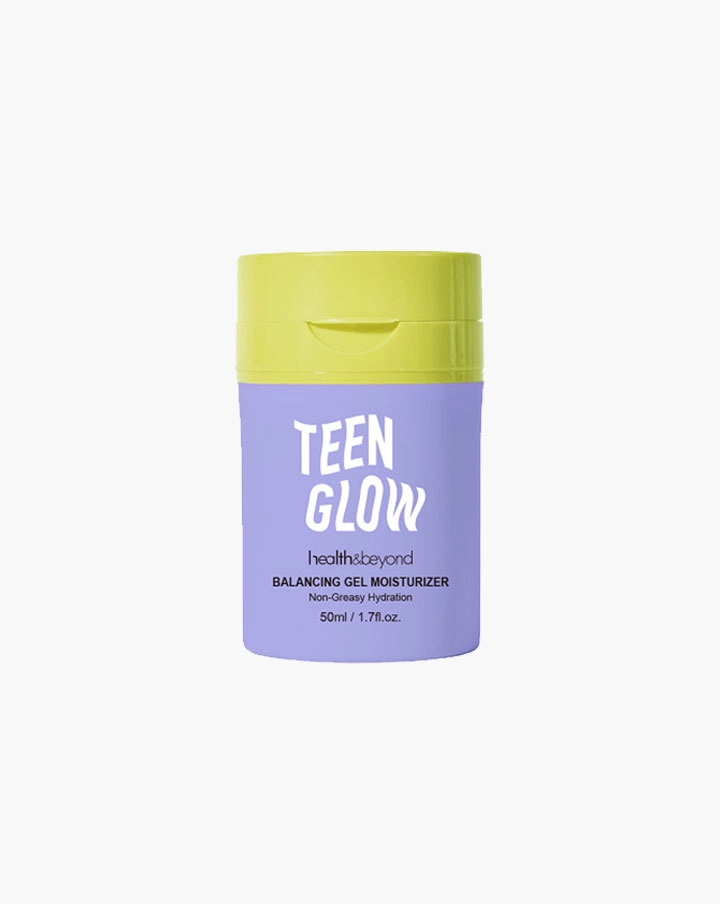Tolerance of Hard Gelatin Capsule Shells to Fill Ingredients
In the pharmaceutical and dietary supplement fields, hard gelatin capsules are a common and popular choice for encapsulating a variety of ingredients. These capsules are known for their ease of ingestion, consistent dosage, and filling diversity, providing a convenient and effective way to deliver drugs and nutrients. In this blog post, Wecaps will share with you the tolerance of hard gelatin capsule shells to filling ingredients to ensure product integrity, efficacy, and safety.
Understanding Hard Gelatin Capsules
Hard gelatin capsules, often referred to as hard-shell capsules or two-piece capsules, are made from gelatin derived from animal collagen. The capsules are composed of two parts: a body and a cap, which are filled with powders, granules, or liquids before being sealed together. The properties of gelatin make it an excellent choice for encapsulation, including its gelling, emulsifying, and film-forming abilities.
Factors Affecting Tolerance
1. Gelatin Quality and Purity: The quality and purity of the gelatin used in the capsule shells play a significant role in their tolerance to various fill ingredients. High-quality gelatin is less likely to react with the fill ingredients, ensuring the stability and shelf life of the final product.
2. Moisture Content: Hard gelatin capsules are sensitive to moisture. Excess moisture can cause the capsules to soften or even dissolve, affecting the integrity of the fill ingredients.
3. pH Level: The pH level of the fill ingredients can impact the stability of the gelatin shell. Ingredients with a highly acidic or alkaline pH can potentially degrade the gelatin, leading to issues such as softening or discoloration.
4. Temperature Sensitivity: Gelatin capsules can be affected by temperature fluctuations. High temperatures can cause the capsules to soften, while low temperatures can make them brittle.
5. Chemical Compatibility: Some fill ingredients may contain chemicals that are reactive with gelatin. For instance, ingredients with strong oxidizing or reducing properties can alter the gelatin structure.

Selecting Fill Ingredients
1. Ingredient Form: The form of the ingredient (powder, liquid, granule) should be compatible with the encapsulation process and the gelatin shell.
2. Ingredient Stability: Ingredients should be stable under the conditions they will be stored in, and they should not degrade or react with the gelatin shell.
3. Ingredient-Gelatin Interaction: It's crucial to assess potential interactions between the fill ingredients and the gelatin to avoid adverse effects on the capsule's integrity or the ingredient's efficacy.
4. Regulatory Compliance: All fill ingredients must comply with regulatory standards and safety guidelines to ensure consumer safety and product legality.
Impact on the Final Product
1. Product Integrity: Incompatible ingredients can compromise the structural integrity of the capsules, leading to breakage or leakage.
2. Shelf Life: The stability of the filled capsules is directly related to the tolerance of the gelatin shell to the fill ingredients. Incompatible ingredients can reduce the shelf life of the product.
3. Bioavailability: The release and absorption of the fill ingredients can be affected by their interaction with the gelatin shell, impacting the bioavailability of the product.
4. Consumer Experience: The ease of swallowing and the taste of the capsules can be influenced by the fill ingredients and their compatibility with the gelatin shell.
www.wecaps.com
Wecaps




